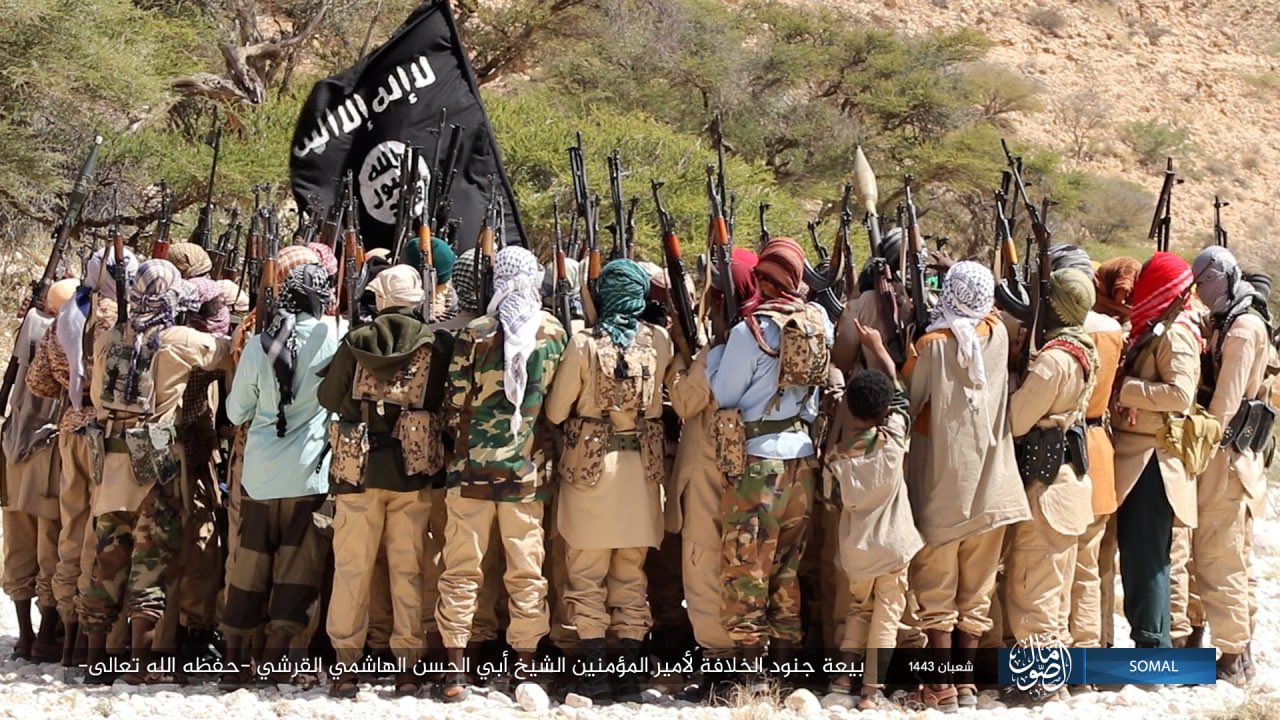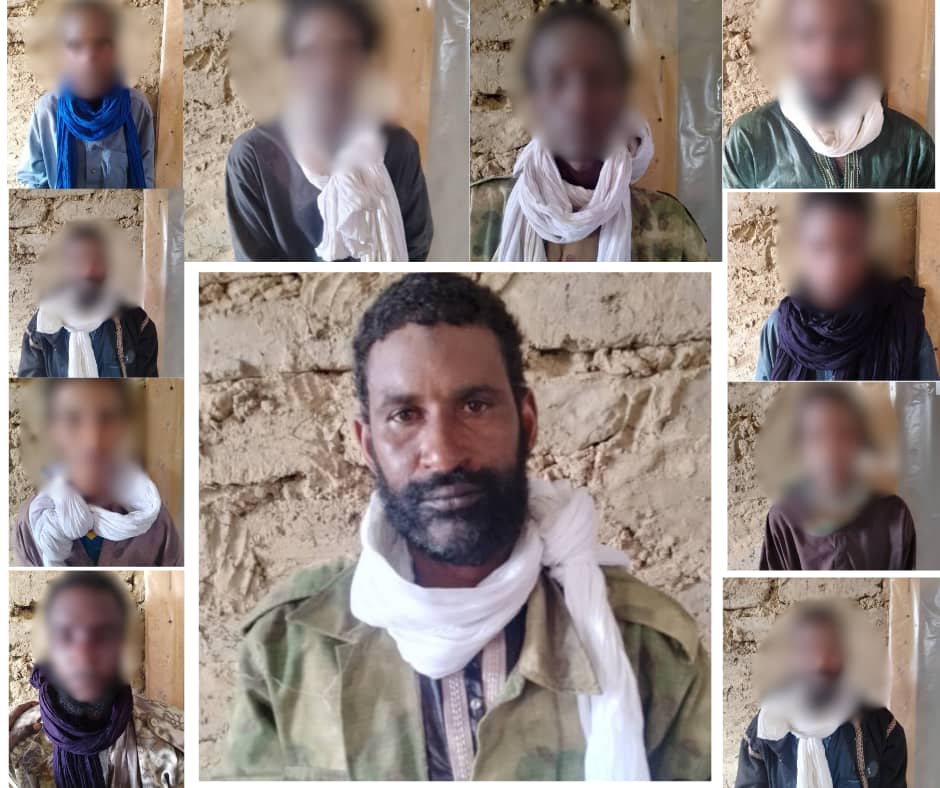Lebanon Another Waypoint for North Africans Headed to Iraq
Lebanon Another Waypoint for North Africans Headed to Iraq
During the past year, reports have revealed the routes through which foreign fighters from North Africa make their way into and out of the Iraq theater of conflict. Previously, the route through Syria has been identified as the preferred avenue, although Turkey has also been named as a potential stopover for North Africans seeking to enter Iraq (Asharq al-Awsat, December 8, 2005; Zaman, December 5, 2006). With the outbreak of fighting in the Nahr al-Barid refugee camp in Lebanon, it appears that another waypoint along the route has been established. Monitoring these routes and understanding the paths that militants take through ancillary countries, cities and even venues of jihad will be critical for understanding the developing threat that Al-Qaeda in the Islamic Maghreb (AQIM) poses to North Africa and potentially Western Europe.
In late May, the conflict between Fatah al-Islam and the Lebanese Army drew attention to the burgeoning presence of Iraqi veterans in Palestinian refugee camps in the Levant. The foreign presence was estimated to be approximately 50 men, and since the fighting broke out, nationals from countries including Tunisia, Morocco and Algeria have been counted among the dead or arrested (El-Khabar, May 28; al-Jazeera, May 30). The involvement of a foreign contingent, the majority of which has experience fighting in Iraq, has crucial implications for Lebanese and regional security. Veterans of the Iraqi jihad are a wellspring of information and experience on everything from effective anti-aircraft tactics to persuasive media operations to the construction and implementation of roadside improvised explosive devices.
Recent reports surrounding an interdicted plot in Jordan have also highlighted how Fatah al-Islam may be the recipient of ideologically fervent individuals directly from North Africa. This is seen in the case of Muhammad al-Darsi, the supposed leader of the plot that would have targeted civilian sites in Amman (The Star [Jordan], May 24-30). Although al-Darsi himself did not participate in the fighting in Nahr al-Barid, his case illustrates adequately the manner in which North African fighters can be diverted to other operations and theaters in the region. Furthermore, as AQIM’s training apparatus continues to develop, it is increasingly likely that individuals such as al-Darsi will arrive in the region after having accrued at least a modicum of experience and knowledge from fighting and training under the auspices of AQIM.
The addition of the Fatah al-Islam waypoint will, in various manners, impact the security situation in the Maghreb as fighters return home. One result will be that jihadis from the Maghreb will accrue added experience and connectivity through participation in foreign venues. The training and fighting experience that North Africans garner in forays abroad enhances their individual proficiency and, therefore, the organizational capabilities of AQIM upon their return (Terrorism Monitor, February 1). The example of Lassad Sassi—the leader of a plot targeting the U.S. and UK embassies and tourist sites in Tunis around this past new year—demonstrates how a terrorist’s involvement in foreign arenas can severely impact regional security. Sassi’s experience in the Algerian, Afghan and Chechen jihads granted him the expertise and capabilities necessary to lead a sophisticated plot that would have surpassed in magnitude the April 11 Algiers bombings (L’Expression, January 14; Liberation, January 5; Le Figaro, January 11).
As long as Fatah al-Islam continues its struggle against the Lebanese government, the Nahr al-Barid venue will afford Maghrebis departing Iraq yet another location in which to gain crucial experience and expertise that will no doubt be applied under the auspices of AQIM upon their return to North Africa.


